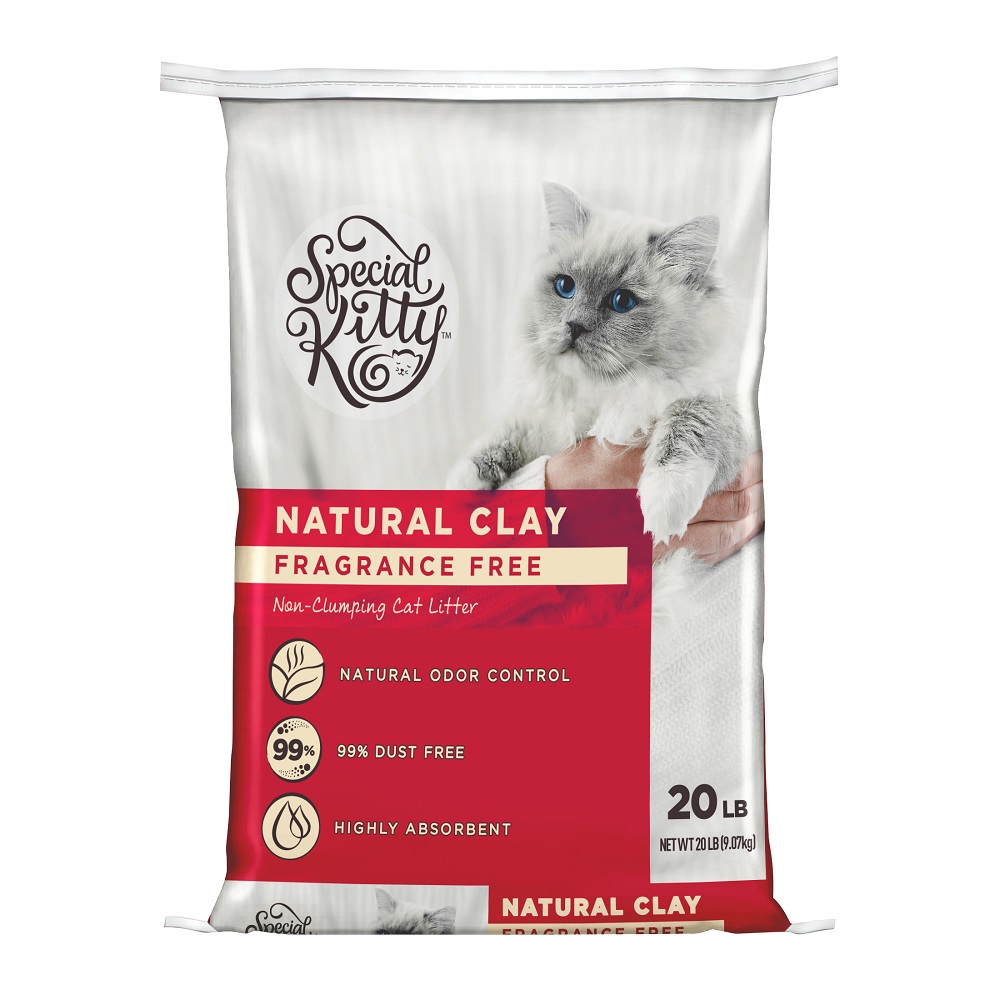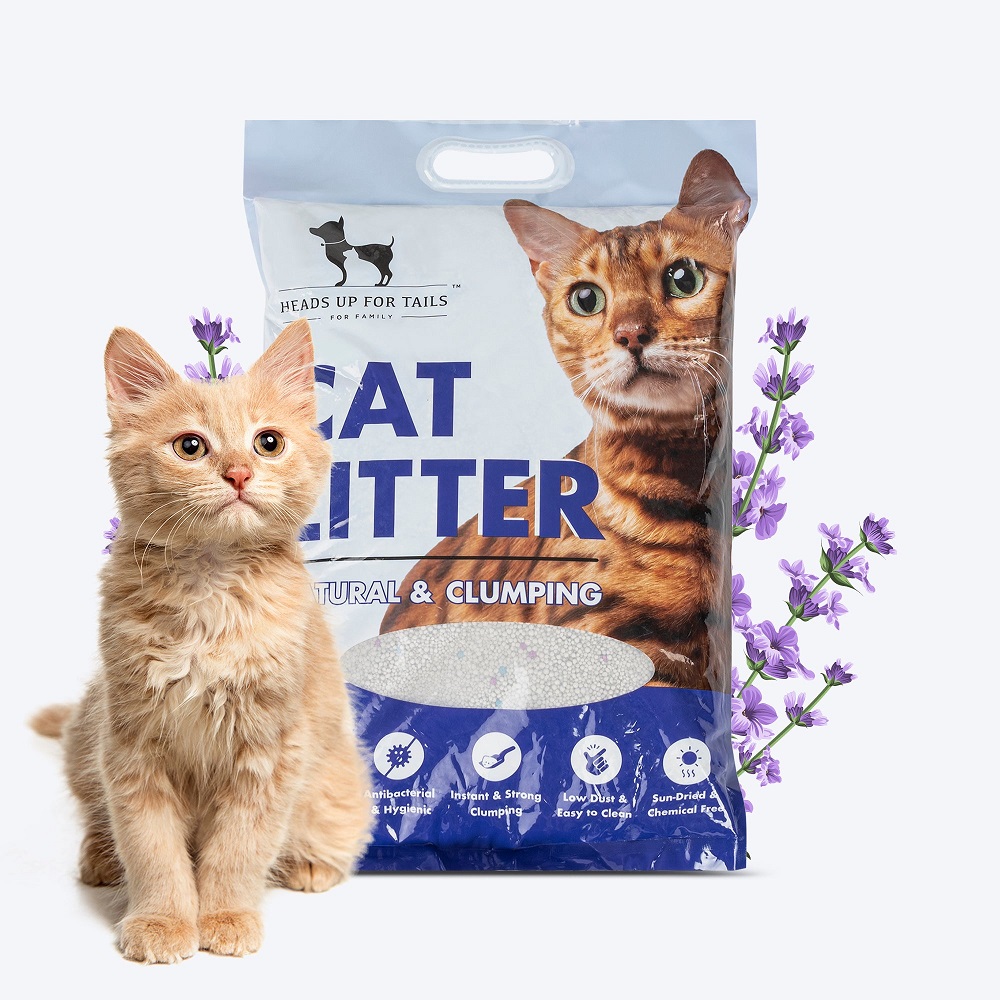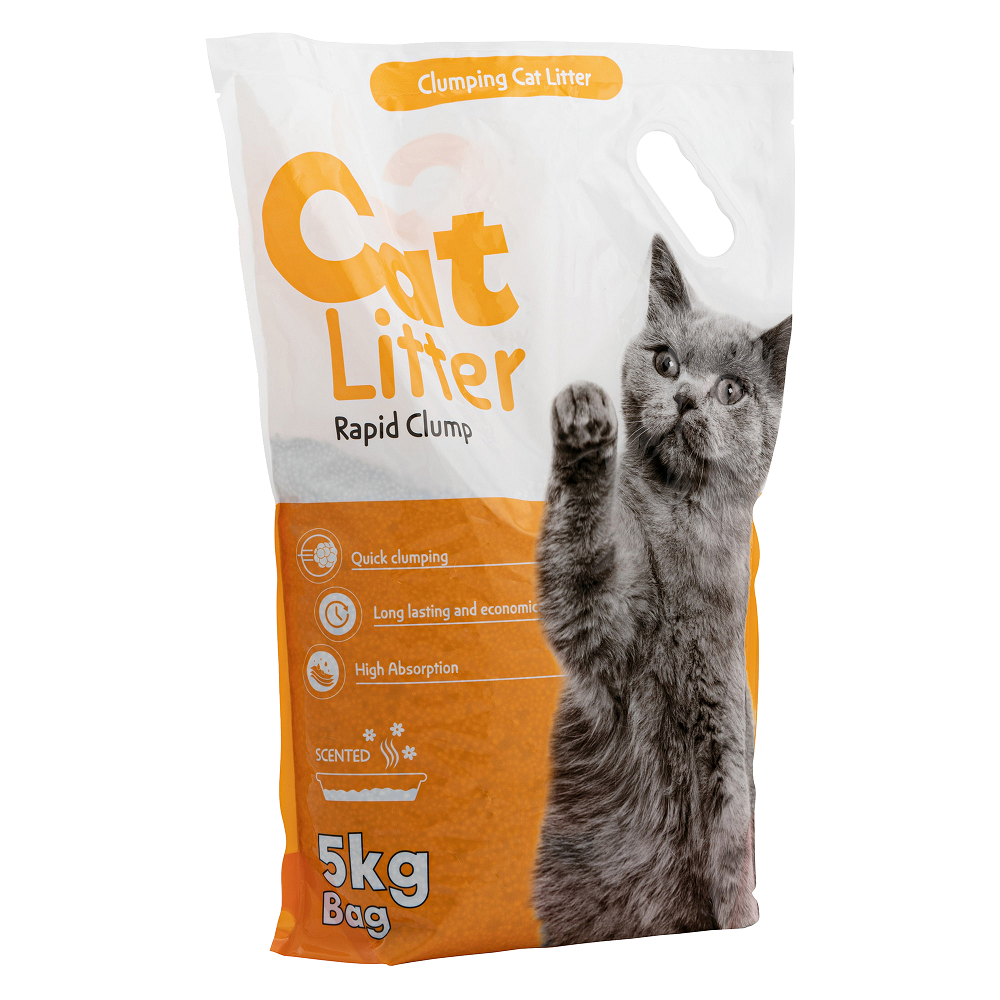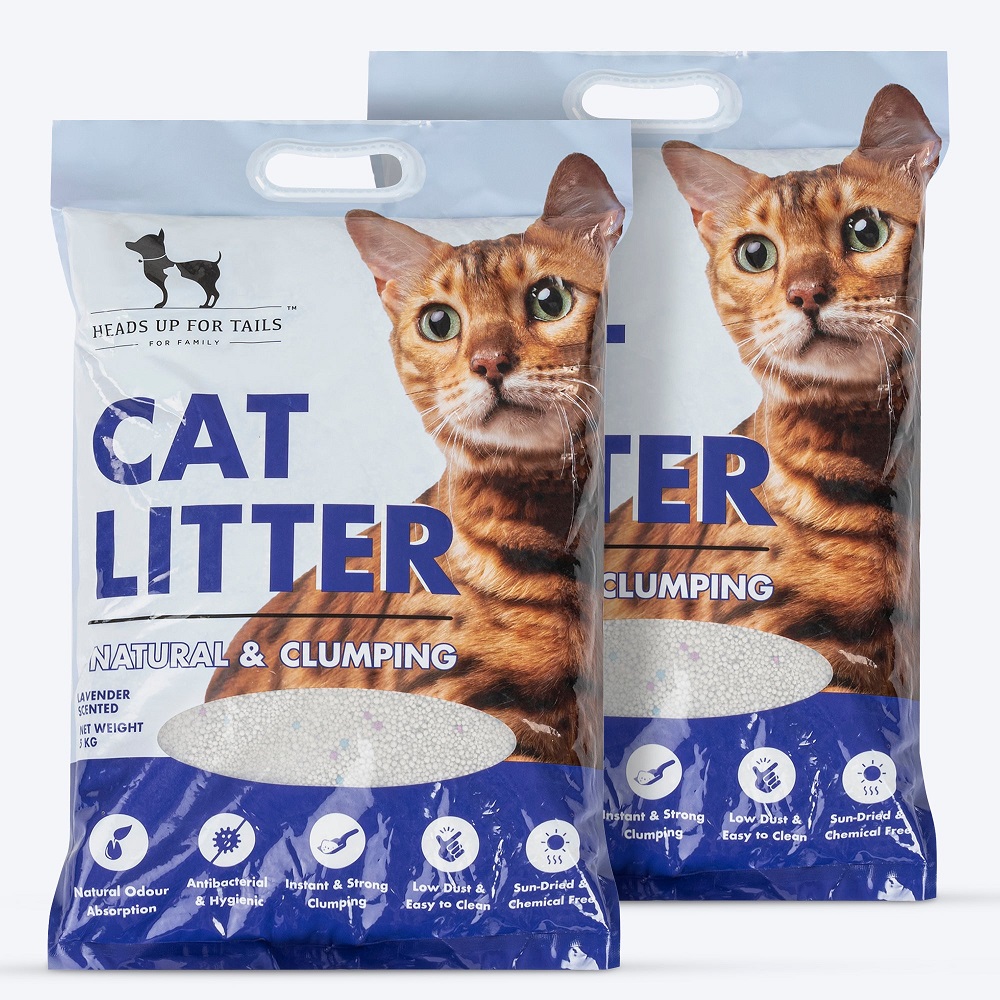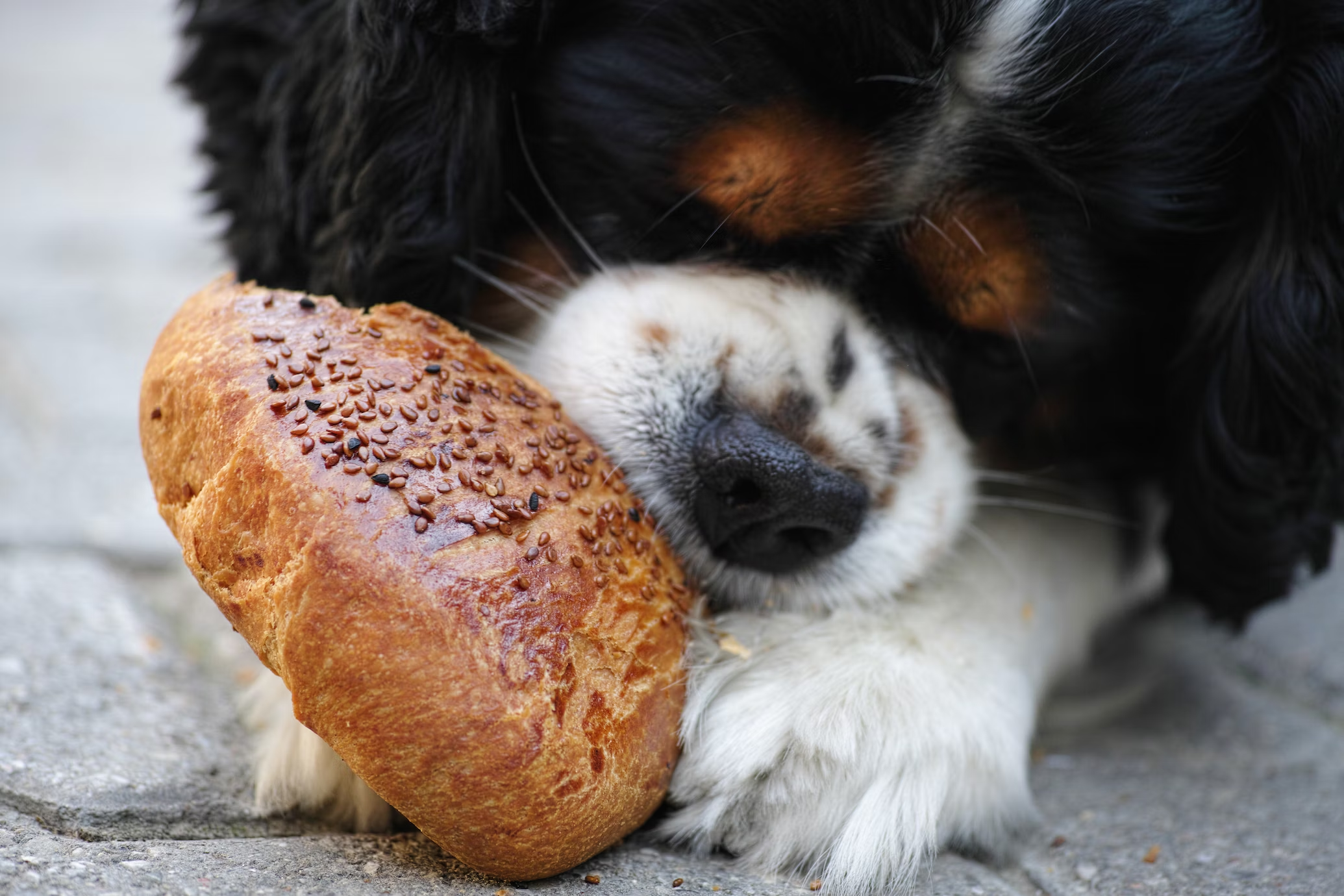Introduction to Clumping Cat Litter
Clumping cat litter has become a popular choice for many cat owners. It’s known for its convenience, as it forms solid clumps when your cat urinates, making it easier to scoop and keep the litter box clean. In this guide, we’ll dive into what exactly clumping cat litter is made of, explore the different types available on the market, and discuss the benefits of using this kind of litter. We’ll also compare clumping cat litters to non-clumping versions, helping you decide which is best for your feline friend.
The Basics of Clumping Litter Composition
Understanding what clumping cat litter is made of is key to selecting the right type for your cat’s needs. Clumping cat litters are designed to turn urine and feces into manageable clumps. This makes the litter easier to scoop and maintains a cleaner litter box environment. Here are the most common components found in clumping cat litter:
- Bentonite Clay: The primary ingredient in many clumping cat litters is sodium bentonite clay. This type of clay is highly absorbent and expands when wet, forming tight clumps that can be easily removed from the litter box.
- Natural Plant-Based Materials: Alternative clumping litters use materials such as corn, wheat, or walnut shells. These natural ingredients are also absorbent and form clumps, but they offer a more environmentally friendly option compared to clay.
- Silica Gel Crystals: Some clumping litters include silica gel crystals which absorb moisture effectively. Although less common, these litters provide good odor control and minimal tracking.
Each of these ingredients has its own set of advantages, and choosing between them often depends on factors like odor control, environmental impact, and cost. When selecting a clumping cat litter, it’s important to consider not just your preferences but also your cat’s comfort and health.
In the next sections, we will delve deeper into the types of clumping litters and the benefits of using these over non-clumping options. Stay tuned as we explore the various materials that make up these litters and how they can impact your cat care routine.
Types of Clumping Cat Litters
When exploring clumping cat litters, we find two main types: traditional clay-based and natural clumping litters. Each type comes with distinct features and benefits that cater to different preferences and needs. Understanding these types helps us select the most suitable option for our cats.
Traditional Clay-Based Clumping Litters
Traditional clay-based clumping litters primarily use sodium bentonite, a type of clay that expands and forms tight clumps when it contacts moisture. This makes the litter highly effective at trapping odors and simplifies the process of scooping out waste. Many cat owners prefer these litters due to their strong clumping ability and essentially easy maintenance.
One point of consideration is that traditional clay litters are heavy and might create more dust. They also contribute to mining operations, which may concern environmentally conscious pet owners. The disposal of clay litter is also not biodegradable, adding to landfill concerns.
Natural Clumping Litters
As an alternative to clay, natural clumping litters have made their mark on the market. They use sustainable, plant-based materials that are biodegradable and often produce less dust than clay.
Corn-Based Litters
Corn-based litters offer a clumping feature like clay but are made from renewable resources. They are known for being lightweight and, because they come from natural ingredients, are often flushable and better for the environment.
Tofu-Based Litters
Tofu-based litters, made from soybean fibers, provide excellent odor control and are gentle on cat paws. They are biodegradable, making them a green choice for eco-friendly households while still maintaining the clumping features desired for easy cleanup.
Wood-Based Litters
Finally, wood-based litters utilize recycled wood materials, such as sawdust or pine shavings. These litters are known for their natural woodsy scent, which helps with odor control. Like other natural litters, wood-based litters are biodegradable and therefore an excellent choice for sustainability-minded owners.
Cat owners have an array of options when choosing clumping cat litters. Each option offers unique benefits, whether it’s the strong clumping power of traditional clay or the environmental benefits of natural alternatives. In the next sections, we’ll explore the advantages these litters bring to the everyday maintenance of your cat’s litter box.
Advantages of Clumping Cat Litter
Clumping cat litter offers many benefits. Let’s look at three key advantages: ease of cleaning, better odor control, and its long-lasting nature.
Ease of Cleaning
Clumping cat litter makes clean-up simple. Urine and feces form tight clumps that can be scooped out easily. This keeps the litter box fresher and reduces the need for frequent litter changes. The remaining litter stays clean, allowing for less waste and more savings. The process is straightforward: scoop daily and replace all the litter less often.
Superior Odor Control
Clumping cat litter helps lock away smells quickly. When your cat uses the box, the litter clumps around the waste, sealing in odors. This means a more pleasant environment for you and your cat. Ingredients like bentonite clay and silica gel crystals are especially good at controlling smells.
Long-Lasting Use
Since clumping litter doesn’t need to be changed as often, one bag can last longer. Solid waste is removed daily, leaving the clean litter untouched. This extends the life of the litter, and you won’t have to buy new litter as frequently. You get more use out of each bag, which is better for your wallet and the environment.
The Role of Natural Ingredients in Clumping Litters
Eco-Friendliness and Sustainability
Natural ingredients are changing the cat litter industry. Corn, wheat, and soy are renewable resources, unlike clay. They make clumping litters that are biodegradable. This means these litters break down in nature instead of sitting in landfills. Natural litters often come from waste products of other industries. For example, wood-based litters may use leftover sawdust from lumber mills. So, they don’t need extra resources or harm the environment. Companies also package some natural litters in recycled or compostable bags, adding to their eco-friendly appeal.
Switching to a natural clumping litter can reduce your carbon pawprint. They are good for the planet and also for your cat’s health. As a cat lover, picking a litter made from these materials is a step towards a sustainable future.
Safety Considerations for Cats and Humans
Cat litter made from natural materials is safer for both cats and people. Clumping litters with chemical additives or synthetic fragrances might harm some cats. Cats might lick their paws and swallow these chemicals. Natural litters, however, often skip these risky additives. They are free of silica dust, found in clay litters. Breathing in this dust can hurt lungs over time.
Natural clumping litters made from corn or wheat are also less likely to cause blockages if eaten. This is a common worry for cats with pica, a condition where they eat things they shouldn’t. Plus, natural litters come mostly dust-free. This is great for cats and people with allergies or asthma. A clean litter box using natural clumps can cut down on sneezing and coughing.
Safety doesn’t mean you give up on performance. These litters still form solid clumps for easy scooping. They control odors well, offering a healthy and hygienic option for feline friends.
Understanding Non-Clumping Litters for Comparison
To make a wise choice, it helps to know about non-clumping litters too. These litters don’t clump but have their own benefits. We’ll look at traditional, silica, and natural types.
Traditional Non-Clumping Clay Litters
Non-clumping clay litters absorb urine but don’t clump. Cats have used these for years. They are cheaper than clumping litters and simple to use. However, they might need more frequent changing. Odors can be a problem as well since urine spreads through the litter.
Silica Gel and Crystal Litters
Silica gel litters, or crystal litters, are super absorbent. They last long and control odors well. Dust isn’t much of an issue, but they can be more expensive. Some find them less eco-friendly. They’re great at keeping moisture away from your cat’s paws.
Wood Pellet and Paper Litters
These litters come from recycled wood and paper. They’re eco-friendly and biodegradable. Wood pellets can control odor with a natural pine smell. Paper litters are soft and safe if your cat tends to eat litter. These types don’t clump but are still absorbent.
Choosing the right litter isn’t just about clumping or not. Think about your and your cat’s needs, the cleanliness you want, and what’s best for the environment. Both clumping and non-clumping litters have their places. It’s all about what works for you and your kitty.
Choosing the Right Litter: Clumping vs. Non-Clumping
When choosing cat litter, you face a decision: clumping or non-clumping. Your choice affects your cat’s comfort and the ease of cleaning the litter box. Let’s outline key factors to consider while making this choice.
Factors to Consider When Selecting Litter
Here are important points to weigh when picking between clumping and non-clumping cat litter:
- Odor Control: Does the litter lock away smells effectively? Clumping litter tends to be better at this.
- Maintenance Level: Are you looking for easy scoop-and-remove cleaning? Clumping litter may be your best bet.
- Cost: Sometimes cost is a big factor. Non-clumping litter can be cheaper, but you may swap it out more often.
- Environmental Impact: Do you prefer an eco-friendly option? Consider natural, biodegradable clumping options like corn or wood-based litters.
- Cat Preferences: Your cat’s comfort matters. Some cats prefer the texture of certain litters over others.
- Health and Safety: Is your cat or anyone in your home allergic or asthmatic? Dust-free and natural litters might be safer.
- Ease of Disposal: Litters vary in disposal. Flushable or compostable options can be found in clumping varieties.
Choosing cat litter isn’t just about what works for you. It’s about what’s best for your cat’s health and happiness. Consider these factors carefully when deciding on the right litter. In the end, the perfect balance will lead to a cleaner, more pleasant home for both you and your feline friend.
Conclusion: Making an Informed Decision for Your Feline Friend
Making the right choice of cat litter for your feline is crucial. It ensures their comfort and the ease of your cleaning routine. Clumping cat litter, made of clay, corn, tofu, or wood, offers strong odor control and easy scooping. Non-clumping varieties might be cheaper or better for certain health needs. Consider these key points when selecting a cat litter:
- Odor management: Go for litters that trap smells well.
- Ease of cleaning: Prefer litters that simplify scooping and maintenance.
- Budget: Balance cost with benefits; cheaper litters might need frequent changes.
- Eco-friendly: Think about the planet. Natural, biodegradable litters might suit you.
- Cat’s preference: Your cat’s comfort with the litter texture is important.
- Health and safety: For allergic or asthmatic homes, choose dust-free, natural litters.
- Disposal: Look for litters you can flush or compost if convenience is key.
Your choice should suit both your needs and your cat’s habits for a clean, happy home.
